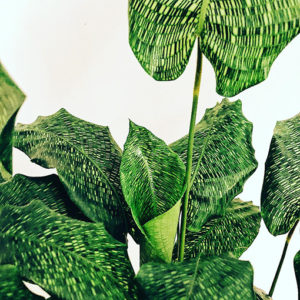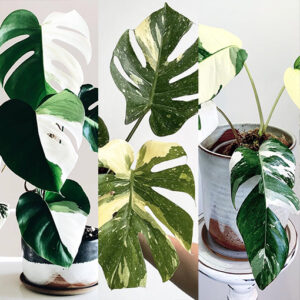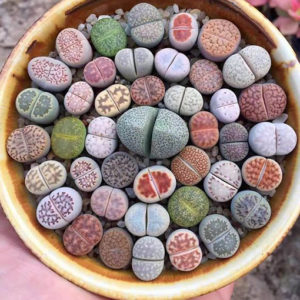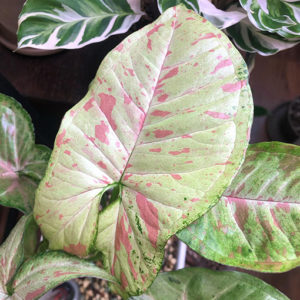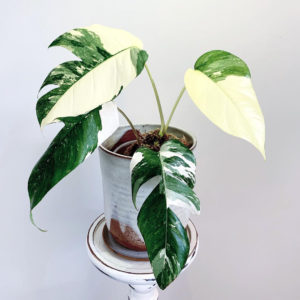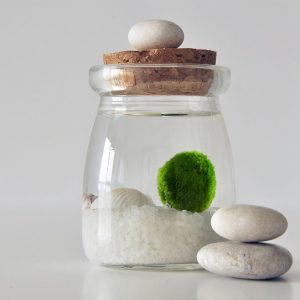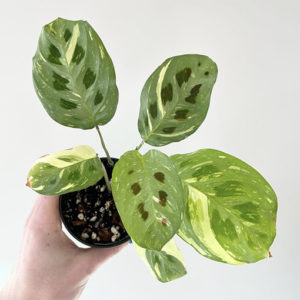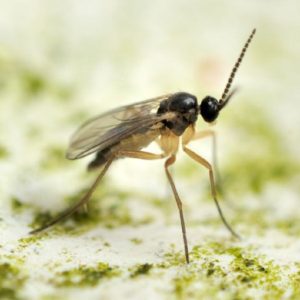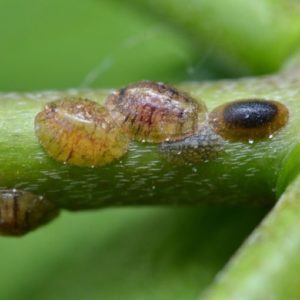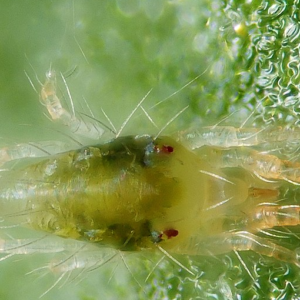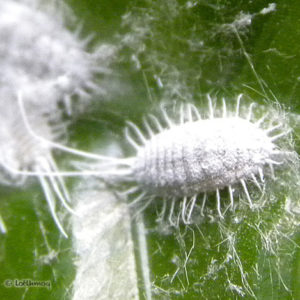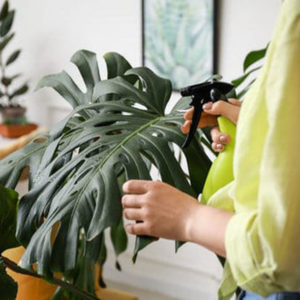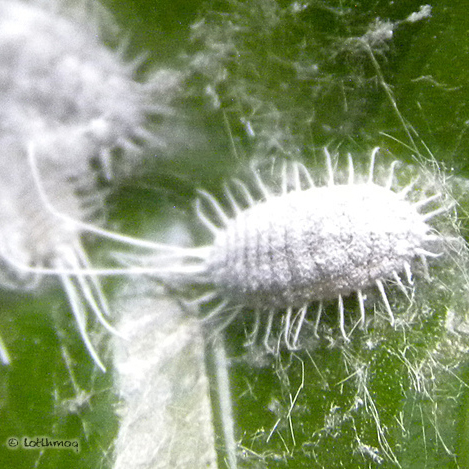
Mealybugs are the Devil 🤣 A very common houseplant pest that can hide in nooks and crannies. Each female can lay several hundred eggs, meaning they can spread fast and in large numbers they can be quite destructive to plants. A number of treatments are often required to break the various life cycles and put an end to your mealy bug infestation!! 😍🌿🎉🌎👌
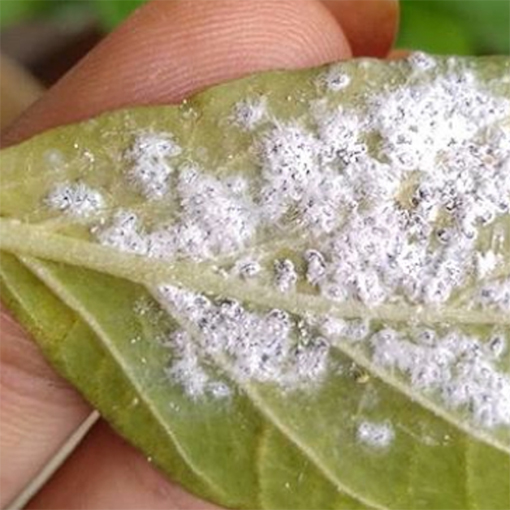
Mealybug Taxonomy
Mealybugs are unarmoured scale insects of the family Pseudococcidae.
What are Mealybugs? – Biology
Mealybugs are part of the large group of insects known as true bugs (Hemiptera), which includes aphids and scale insects. They are covered with a waxy secretion that protects them from water loss (and also insecticides). They have sucking mouthparts which they thrust into the plant and use to suck out the plant sap.
The adult female lays several hundred eggs under a waxy-looking mass. After a time, these hatch into tiny nymphs which moult several times more, getting larger each time. The adult female just looks like a large mealybug, but the males, which are very much smaller, do have wings and only live long enough to find females and mate.
Mealybugs are mobile and can easily walk from one plant to the next or disperse as tiny nymphs on the breeze. They will often hide down in the soil, feeding on the roots of the plant. They attack a huge range of plants, including food crops and ornamentals in the garden as well as indoors. Everyone will get mealybugs eventually because they can arrive on new plants, or come in from the garden if the plants have been outside in summer.
Signs & Symptoms – you have a Mealybug infestation
Mealybugs look like small cottony balls or masses and the plants may be sticky from the honeydew they secrete. They can usually be found on the flowers, new growths and leaves where the plant is pushing the most nutritious sap to fuel that growth.
Ants regularly tend mealybugs so they can collect the honeydew produced by mealybugs, so ant activity is almost always a sign that there are either mealybugs, scale insects or aphids on the plant. Sooty moulds grow on the honeydew and inhibit photosynthesis and make the plants most unattractive.
A heavy infestation of mealybugs will definitely harm your plant and kill it eventually.
How to get rid of Mealybugs – Mealy bug control
-
Isolate your infested plant(s):
This won’t control the pests but it will help to keep them from spreading to the other plants while you deal with the infestation. -
Wipe the mealybugs from the leaves.
Wipe the tops and bottoms of leaves regularly with rubbing alcohol, plain water or with a bit of Neem or botanical oil mixed in. This will physically remove much of the infestation, but because more mealybugs are almost certainly hiding below the soil surface, you need to do this repeatedly. -
Mealybug Sprays
Sprays for mealybugs either depend on surface contact or the insect ingesting the chemical. Multiple sprays about a week apart will be required.- Soaps, rubbing alcohol or oils. Wash the plants or spray them down with an insecticidal soap or rubbing alcohol (<70%) spray or use a use a horticultural oil (white, botanical or neem oil). These treatments have the effect of breaking down the mealybug’s external cuticle or blocking up the spiracles so that they cannot “breathe’. Never use oil treatments on a water-stressed plant or on a hot dry day or especially when the plant is in the sun, as the treatments will damage the plant.
- Insecticide. Look specifically for mention of mealybugs on the product label. There are products that contain synthetic pyrethroids which must be sprayed directly onto the mealybug to be effective. The most effective insecticides for mealybugs are those that are systemic, that is, they absorbed into and translocated throughout the plant. This means that the insect will get a dose when it feeds on any part of the plant, including the roots. Eggs, of course, don’t feed, so at least one more treatment will be necessary after 10-14 days to control the tiny nymphs that have just hatched. You will notice on the label of the insecticide that the dose for long-tailed mealybug is about double what is needed for other pests such as aphids and scale insects. There are only a few systemic insecticides registered for home use in Australia including the neonicotinoids imidacloprid and acetamiprid. Both act similarly to nicotine, which is insecticidal. Imidacloprid is the active ingredient in Confidor, Initiator etc. It is becoming hard to find because it is being phased out for use on field crops because it is toxic to bees, but use on indoor ornamentals is quite safe for the bees. It comes in several formulations from different manufacturers: liquid to mix into a spray, a large tablet containing imidacloprid plus fertiliser which you push into the soil, and small granules that you scatter on the surface of the soil.

